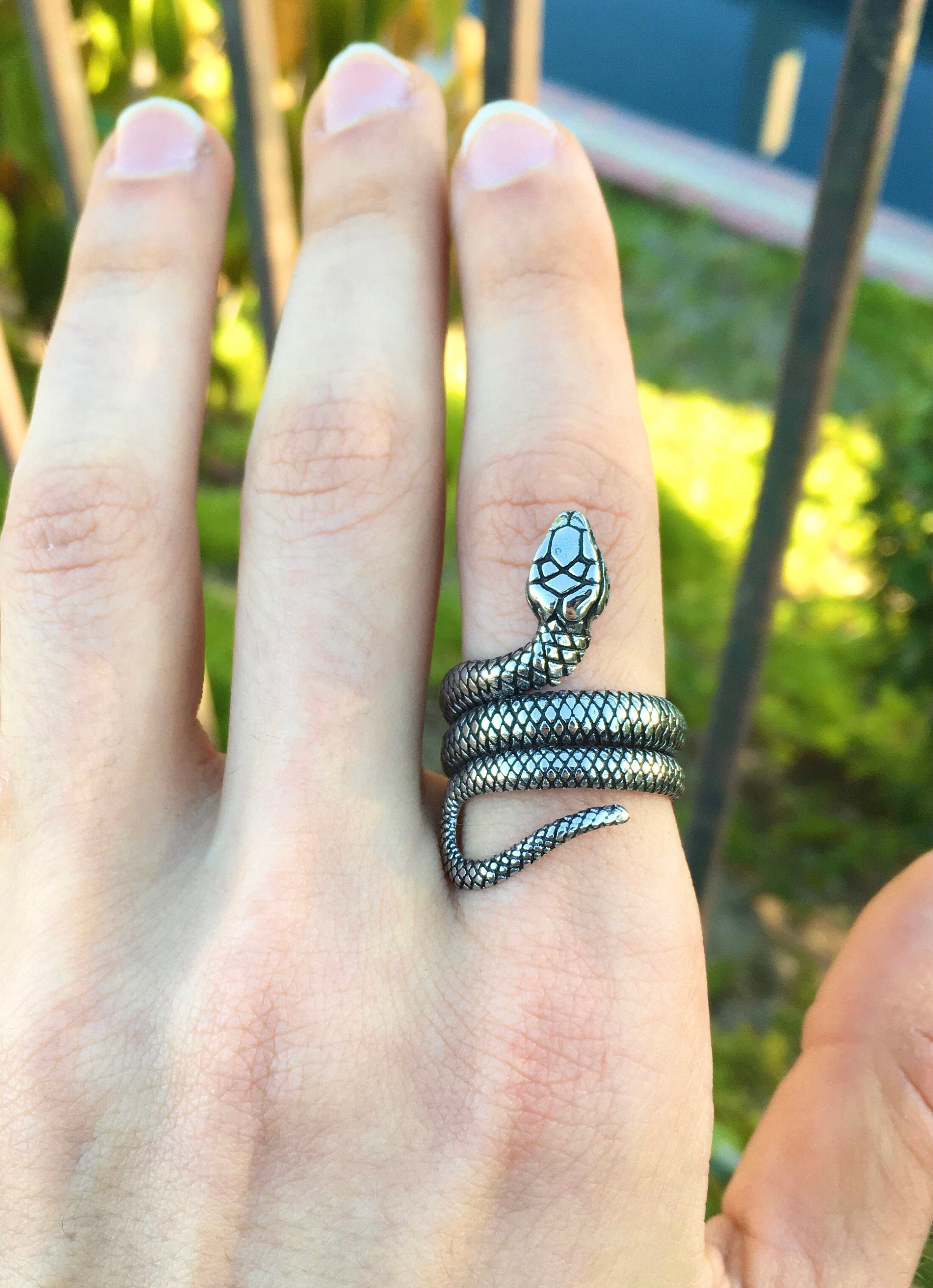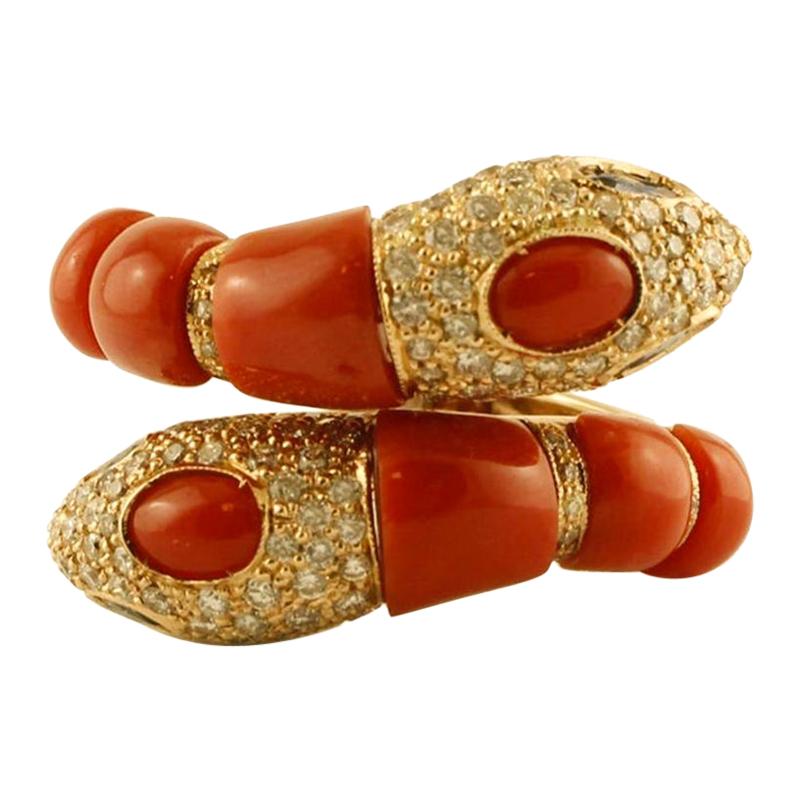


Mapping your captive snake’s behavior against that of its wild kin is very interesting. Keeping snakes can be incredibly rewarding. If in doubt, check out an online forum! And go for one of the smaller snakes on the list below.Snakes may be slithery but they are ancient creatures of habit, and are relatively easy to predict. If your snake escapes its enclosure, look in the closest warm, enclosed space.Place a heater at one end of the tank and use a thermostat to monitor the temperature. For this reason, they require a temperature (or thermal) gradient in their enclosure in order to effectively digest food and maintain good physical health. Snakes are cold-blooded, which means they cannot regulate their temperature internally.Snakes shed: even if you know this, it might come as a surprise when it first occurs.Frozen prey are more convenient anyway, compared to keeping and raising live animals. Live rodents can inflict damage on young snakes who are naturally vulnerable and less experienced predators.What else should you know about keeping snakes? Feeding problems can be very problematic down the line it is vital that your snake is taking to pre-killed prey and eating well. Ask for a feeding demonstration before you buy, especially if you’re buying a ball python.If a snake is biting its own tail, as in the ouroboros symbol, this is a sign of very bad mental health.Bubbles coming from the nose, retained skin, closed eyes and mouth rot are examples of bad physical health.A cursory examination can avoid problems down the line. When selecting a snake, look out for signs of bad mental or physical health.Snakes may be long, but they can squeeze through small gaps! Ensure that your snake’s enclosure is escape-proof – locking doors, sealed roof, etc. Some snakes (highlighted below) are excellent escape artists.Go to a reputable breeder who sells captive bred snakes. Wild caught snakes find it very difficult to acclimate to their captive surroundings.Freezer space will be required for frozen prey animal storage, for example, baby frozen mice. Snakes are carnivorous – be prepared to feed prey animals to your snake.Be sure that you are ready to take on a long term commitment. Snakes live for a long time – sometimes upwards of 20 years.

So, get ready to learn about snakes! The basics – What should you know before you get your first snake? What you should feed your pet snake, from hatchling through to maturity, and what you should not feed them.Why these snakes are the perfect snakes for beginners.The 20 smallest (and best) pet snake breeds.What you should know before you take on your first pet.The Barbados threadsnake, for example, is the smallest snake in the word, but it doesn’t make a great pet – though some people might disagree. But there are actually many species of snake which are fantastic household pets, requiring little maintenance and only a small amount of research and know-how.Īnother important thing to watch out for is that not all tiny snakes make great pets. The words ‘snake’ and ‘cute’ might not strike you as belonging in the same sentence. And then some! Why these ones? Because they are even tempered, low maintenance and, last but not least, perfectly sized! I particularly recommend the following snakes: rosy boa, ball python, ringneck snake, western hognose snake, corn snake, scarlet king snake, California king snake, milk snake, garter snake, gopher snake and sand boa. It requires less space, and often less maintenance. Which are the best small snake pets? In many ways, a smaller snake is an easier snake to look after. But the truth is that many snake species make perfect pets! Snakes have appeared in scary (and magical) stories for hundreds, even thousands, of years.Īs a result, the prospect of keeping a snake as a pet might well cause a shiver to run down your spine. When you hear the word ‘snake’, you might think of boa constrictors, colossal anacondas and fearsome cobras popping out of sand dunes.


 0 kommentar(er)
0 kommentar(er)
